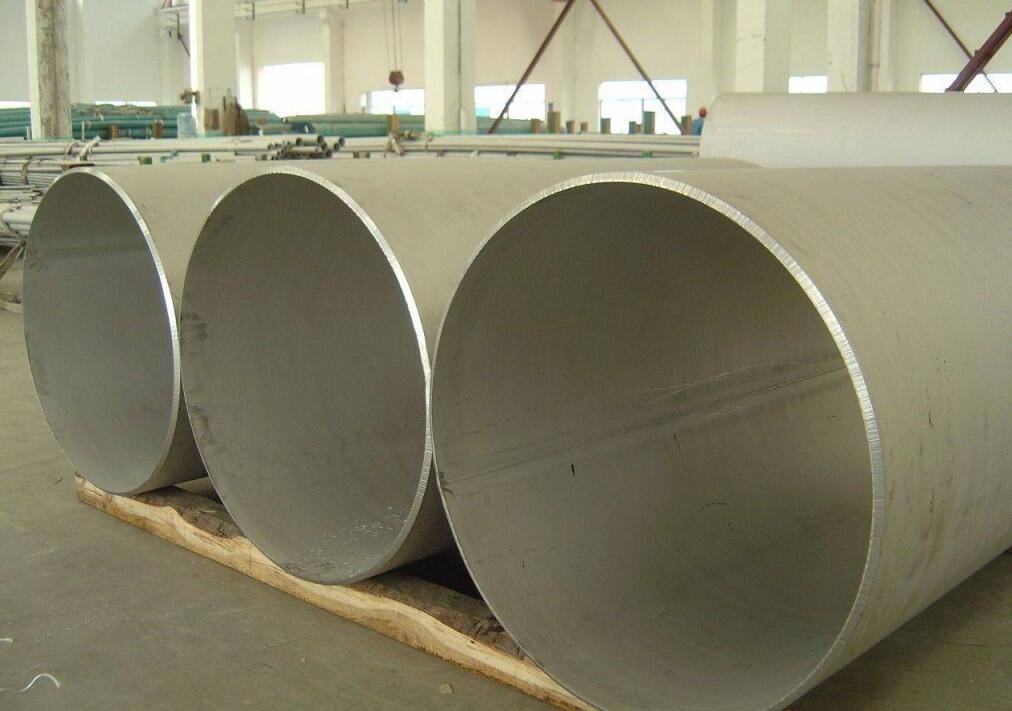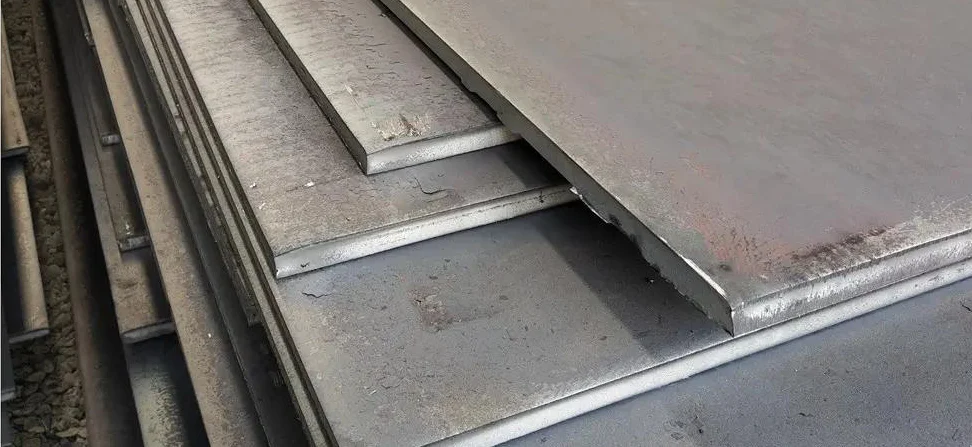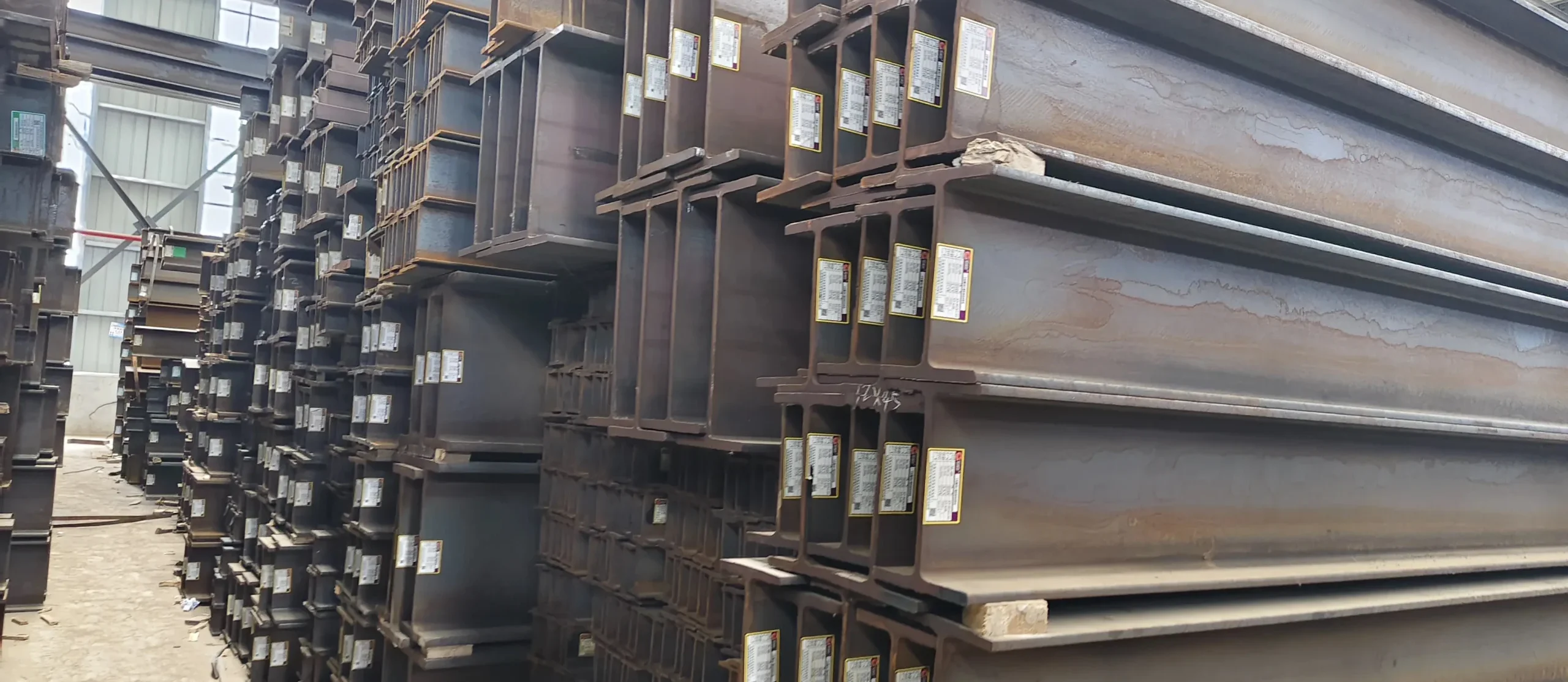Austenitic grades are those alloys commonly used in stainless steel applications. Austenitic stainless steel is not magnetic. The most common austenitic alloy is iron-chromium-nickel steel, widely known as the 300 series.
Due to the high content of chromium and nickel, austenitic stainless steel pipes are the most corrosion-resistant in the stainless steel group, providing exceptionally good mechanical properties. They cannot be hardened by heat treatment, but can be significantly hardened by cold working.
Straight Grade
The straight grades of austenitic stainless steel pipes contain up to 0.08% carbon. There is a misconception that pure grade steel contains at least 0.035% carbon, but the specification does not require it. As long as the material meets pure grade physical requirements, there is no minimum carbon requirement.
“L” Grade
The “L” grade is used to provide additional corrosion resistance after welding. The letter “L” after the stainless steel pipe type indicates low carbon (eg 304L). Keep carbon at 0.035% or lower to avoid carbide precipitation. The carbon in the steel will precipitate when heated to a critical temperature of 800°F to 1600°F, combine with chromium and accumulate on the grain boundaries. This strips chromium from the solution in the steel and promotes corrosion near the grain boundaries. By controlling the amount of carbon, this is minimized. For solderability, use “L” grade. You may ask why all stainless steels are not L grade.
There are two reasons:
“L” grade is more expensive;
Carbon has high physical strength at high temperatures;
The higher the carbon content, the greater the yield strength.

Rolling mills often purchase “L” grade raw materials, but specify the physical properties of straight grades to maintain the strength of straight grades. The cake is also heated. This resulted in the material having obtained 304/304L dual certification; 316/316L and other “H” grades
The “H” grade carbon content is at least 0.04% and the maximum carbon content is 0.10%, which is indicated by the letter “H” after the alloy. People mainly require the “H” grade, because the material will be used at extreme temperatures, because the higher carbon content helps the material maintain strength at extreme temperatures.
You may hear the term “solution annealing”. This means that only the carbides that may have precipitated (or moved to) the grain boundary are re-dissolved (dispersed) into the metal matrix through the annealing process. If annealing after welding is not feasible, use “L” grade, for example in the field of welding pipes and fittings.
| Type 304 | The most common of austenitic grades, containing approximately 18% chromium and 8% nickel. It is used for chemical processing equipment, for food, dairy, and beverage industries, for heat exchangers, and for the milder chemicals. |
| Type 316 | Contains 16% to 18% chromium and 11% to 14% nickel. It also has molybdenum added to the nickel and chrome of the 304. The molybdenum is used to control pit type attack. Type 316 is used in chemical processing, the pulp and paper industry, for food and beverage processing and dispensing and in the more corrosive environments. The molybdenum must be a minimum of 2%. |
| Type 317 | Contains a higher percentage of molybdenum than 316 for highly corrosive environments. It must have a minimum of 3% “moly”. It is often used in stacks which contain scrubbers. |
| Type 317L | Restricts maximum carbon content to 0.030% max. and silicon to 0.75% max. for extra corrosion resistance. |
| Type 317LM | Requires molybdenum content of 4.00% min. |
| Type 317LMN | Requires molybdenum content of 4.00% min. and nitrogen of .15% min. |
| Type 321 Type 347 | These types have been developed for corrosive resistance for repeated intermittent exposure to temperature above 800 degrees F. Type 321 is made by the addition of titanium and Type 347 is made by the addition of tantalum/columbium. These grades are primarily used in the aircraft industry. |



